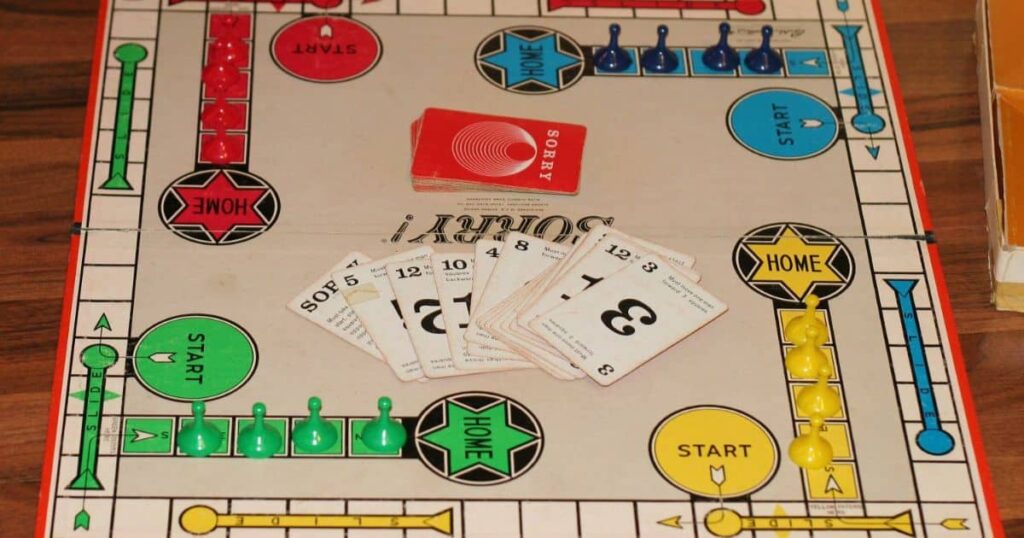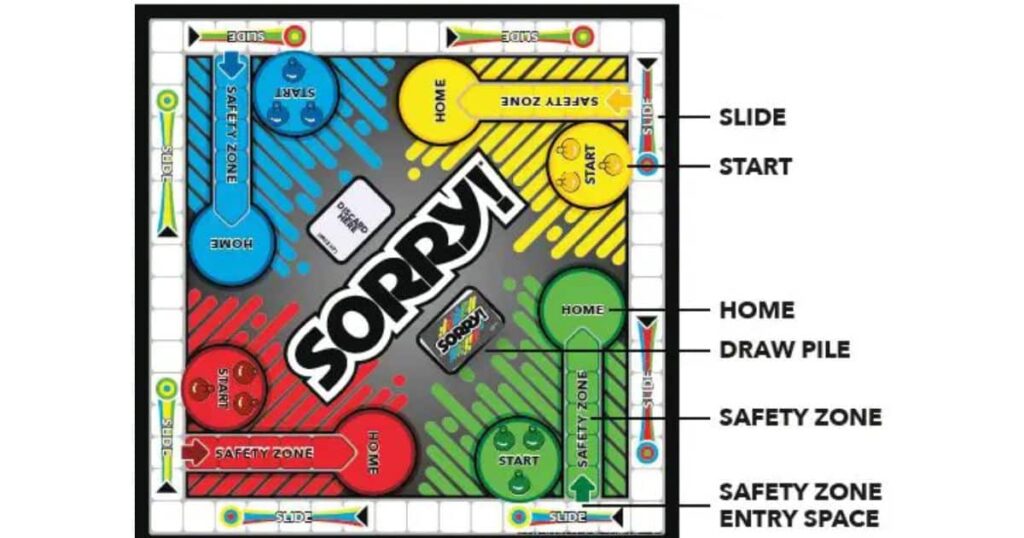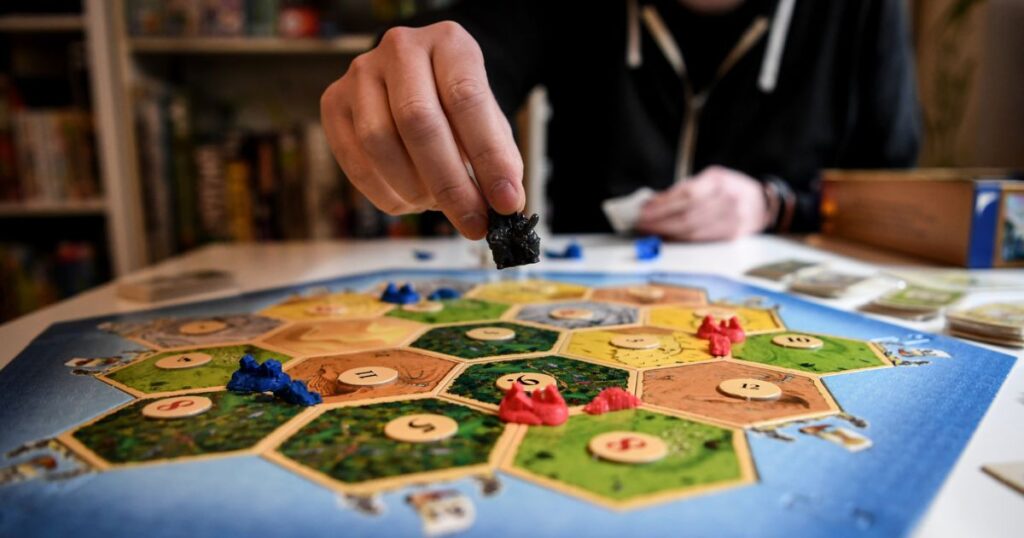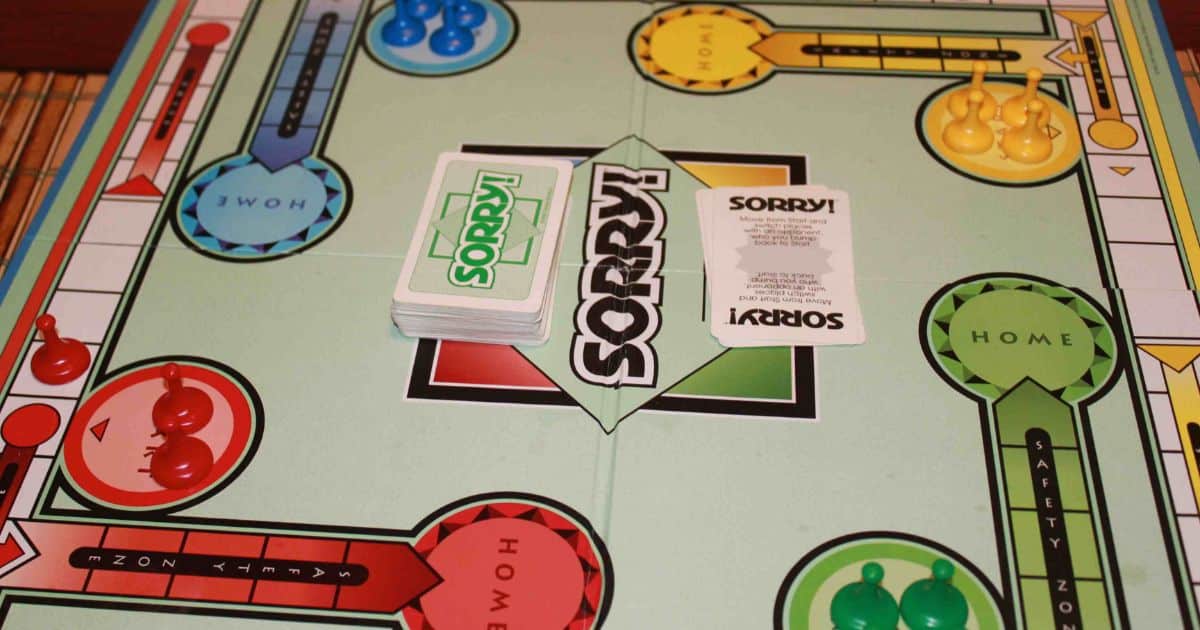Looking for a classic board game to spice up your game nights? Look no further than Sorry!, the timeless family favorite that promises hours of laughter and friendly competition. In this comprehensive guide, we’ll dive into the rich history, gameplay mechanics, strategies for success, and much more to help you become a Sorry! champion. So, gather your friends and family, grab your pawns, and get ready for a wild ride through the world of Sorry!
History of Sorry
Sorry! may seem like just another board game, but its roots run deep in the annals of gaming history. Originally developed in England in the early 20th century, Sorry! underwent several iterations before being acquired by Parker Brothers in 1934. The game’s inventor, William Henry Storey, drew inspiration from the classic Indian game Pachisi, infusing it with new rules and mechanics to create Sorry! as we know it today.
The Parker Brothers Era marked a turning point for Sorry!, catapulting it to fame and cementing its status as a household name. With Parker Brothers’ extensive distribution network and marketing prowess, Sorry! quickly became a staple in American households, captivating players of all ages with its blend of luck and strategy.
Today, Sorry! continues to enjoy widespread popularity, with countless families and friends gathering around the game board to enjoy its simple yet addictive gameplay. Its enduring appeal is a testament to the timeless nature of Sorry! and its ability to bring people together in laughter and fun.
How to Play Sorry!

Setting up the Game
To start playing Sorry!, set up the game board on a flat surface and distribute four pawns of the same color to each player. Shuffle the deck of cards and place it face down near the board. Designate a starting player and you’re ready to begin!
Gameplay Mechanics
Sorry! is played with a deck of cards numbered 1 through 12, along with special Sorry! cards that allow players to send opponents’ pawns back to the start. Players take turns drawing cards and moving their pawns around the board according to the card’s value. The goal is to move all four pawns from the start to the home space by exact count.
The game board features a circular track divided into colored spaces, with each player’s “home” located at one end of the track. Players must navigate their pawns around the board, avoiding obstacles and strategically positioning themselves to advance while hindering their opponents’ progress.
Strategies for Success
Mastering Sorry! requires a combination of luck and skill. Here are some strategies to help you dominate the board:
Offensive Strategies: Take advantage of opportunities to advance your pawns and hinder your opponents’ progress. Use Sorry! cards strategically to send opponents’ pawns back to the start and gain a competitive edge.
Defensive Strategies: Protect your pawns from being sent back to the start by strategically positioning them on safe spaces and blocking opponents’ paths whenever possible.
Advanced Tactics: Keep track of which cards have been played and anticipate your opponents’ moves to gain a strategic advantage. Use card counting techniques to maximize your chances of drawing beneficial cards and minimize the risk of setbacks.
Variations and House Rules

Sorry! offers endless possibilities for customization and variation, allowing players to tailor the game to their preferences and play styles. From themed editions featuring popular characters to house rules that add new twists to the gameplay, there’s something for everyone to enjoy. Here are a few variations to consider:
Classic Edition: The original Sorry! experience with no frills or gimmicks. Perfect for purists who prefer the traditional gameplay mechanics.
Junior Edition: Simplified rules and colorful designs make this version perfect for younger players. Ideal for introducing children to the world of Sorry! and teaching them the basics of strategy and competition.
Themed Editions: Explore unique themes like Disney, Star Wars, or sports, adding a fun twist to the classic gameplay. Whether you’re a fan of superheroes or a movie buff, there’s a themed edition of Sorry! that’s sure to delight.
Sorry! Etiquette
Sorry! may be a game of strategy and competition, it’s important to maintain good sportsmanship and etiquette at all times. Remember to:
Be gracious in victory and defeat: Whether you’re celebrating a win or consoling a loss, always be respectful towards your fellow players. Remember that it’s just a game, and the most important thing is to have fun and enjoy each other’s company.
Follow the rules: Adhere to the official rules of Sorry! and resolve any disputes calmly and fairly. If there’s a disagreement about a rule or a move, take a moment to consult the rulebook and come to a mutual agreement.
Sorry! and Family Bonding
One of the greatest joys of Sorry! is its ability to bring families together for quality bonding time. Whether you’re sharing memories with loved ones or introducing the game to a new generation, Sorry! is sure to create lasting connections and cherished moments. The simple act of sitting around the table, rolling the dice, and moving your pawns can spark laughter, conversation, and camaraderie that will be remembered for years to come.
In today’s fast-paced world, where screens often dominate our attention, Sorry! offers a refreshing alternative that encourages face-to-face interaction and meaningful connection. So why not gather your family and friends, unplug from technology, and enjoy some old-fashioned fun with Sorry! You’ll be glad you did.
Sorry! Tournaments and Community

For those looking to take their Sorry! skills to the next level, there are plenty of opportunities to compete in tournaments and connect with fellow enthusiasts. Whether you prefer local events or online communities, there’s a vibrant Sorry! community waiting to welcome you with open arms. Sorry! the tournament can be a thrilling experience, offering the chance to test your skills against top players and compete for bragging rights and prizes.
Online communities provide a platform for Sorry! fans to share tips and strategies, discuss the latest news and updates, and organize virtual game nights with players from around the world. Whether you’re a casual player looking to hone your skills or a seasoned veteran seeking new challenges, Sorry! the community has something for everyone. So why not join the fun and become part of this exciting and dynamic community today?
FAQs
What are the rules for the board game Sorry?
Players move their pawns around the board, aiming to get all four home. Cards dictate movement, including “Sorry!” to send opponents back.
Is Sorry the same as Ludo?
They’re different games. Ludo involves rolling dice to move pieces around the board, while Sorry uses cards for movement and strategy.
Is Sorry a fun board game?
Yes, Sorry is widely regarded as a fun board game, offering a mix of strategy and luck that appeals to many players.
What is the difference between Sorry and trouble?
While both involve moving pieces around a board, Sorry uses cards for movement and features the “Sorry!” card to interact with opponents, whereas Trouble relies solely on dice for movement.
What are the three stages of sorry?
Start: Players move their pawns out of the Start area.
Middle: Pawns move around the board, aiming to reach the Safety Zone.
End: Players navigate their pawns to the Finish, aiming to get all four home to win.
Conclusion
Sorry! is more than just a board game—it’s a journey through laughter, strategy, and camaraderie. With its rich history, engaging gameplay, and endless opportunities for customization, Sorry! has earned its place as a beloved classic in American households. Whether you’re a seasoned player or a newcomer to the world of Sorry!, there’s always something new to discover and enjoy. So, what are you waiting for? Gather your friends and family, roll the dice, and let the fun begin.

